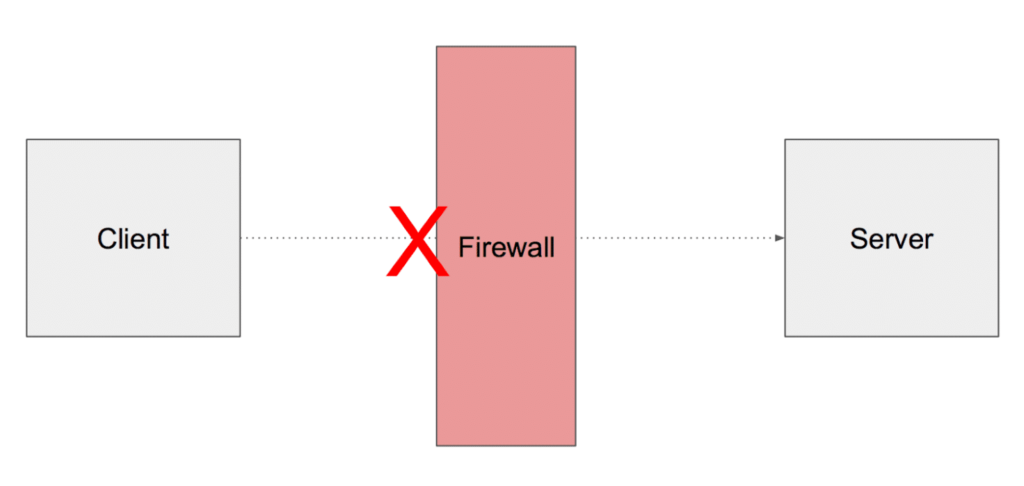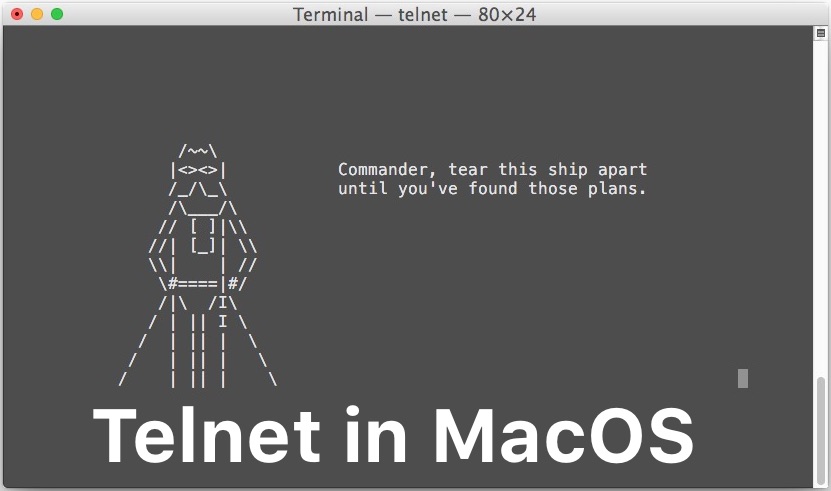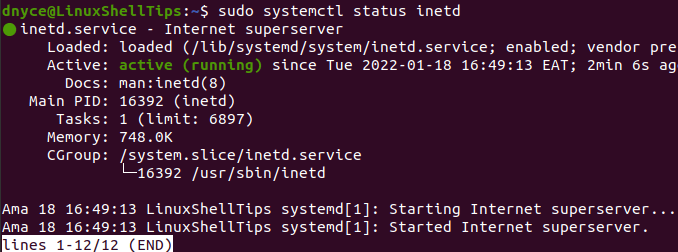
PowerShell Scripting guide to Python : Part-1 March 31, 2018.Read My Book – 50% OFF Rank 28th in “Top 50 Powershell blogs on web” By Feed Spot in 2017 Search Blog Search for: Recent Posts Sounds a bit weird, could you please explain further why this is required? The script prompt for your Administrator Credentials if you give source other than you local machine, So that it can log onto remote Source and invoke Telnet-Port function to test destination ports.”īut, should I really need provide credentials to log on to the remote server to be able to see if I can get a connection to it? “Feed in Source, Destination and Port Number to the function and run it to get the status of Ports. + FullyQualifiedErrorId : CannotUseIPAddress,PSSessionStateBroken + CategoryInfo : OpenError: (:String), PSRemotingTransportException For more information, see the about_Remote_Troubleshooting Help topic.
#HOW TO USE TELNET IN CMD TO TEST A PORT HOW TO#
Ormation on how to set TrustedHosts run the following command: winrm help config. Note that computers in the TrustedHosts list might not be authenticated. Default authĮntication may be used with an IP address under the following conditions: the transport is HTTPS or the destination is in the TrustedHosts list, and explic Connecting to remote server failed with the following error message : The WinRM client cannot process the request. Test-PortConnectivity ‘127.0.0.1’ ‘TestPC’ 3389 -Protocol TCP -IterateĪlthough, still it works when using ‘127.0.0.1’ but if I specify a real IP-address then I get this error. So I should have typed this instead as the example DID specify. Small update, I read the text again and actually followed the instructions… see I forgot the single-quotes for IP and Hostname in the example… toupper() ) on $Protocol port : $currentPort " -back red -ForegroundColor White Write-host " $ ((hostname).toupper() ) Not connected to $ ( $Target. #it's infered that no response was received.

#Waits for a UDP response until timeout defined above #Datagrams must be sent with Bytes, hence the text is converted into Bytes #Set a timeout on receiving message, to avoid source machine to Listen forever.

#Create object for connecting to port on computer toupper() ) on $Protocol port : $currentPort " -back red -ForegroundColor white toupper() ) on $Protocol port : $currentPort " -back green -ForegroundColor White Write-host " $ ((hostname).toupper() ) connected to $ ( $Target. If(( New-Object ( $Target, $currentPort) -ErrorAction Silentl圜ontinue).connected) #Initiate sleep to slow down Continous telnetįunction Telnet-Port( $RemoteDestination, $port, $Protocol) [ ValidateScript( -ArgumentList $RemoteDestination, $port, $Protocol #Test-PortConnectivity -Source 'localhost' -RemoteDestination '127.0.0.1' -Port 135 -Iterate -protocol TCP #Test-PortConnectivity -Source $EUCAS -RemoteDestination $EUMBX -Port 135 -Iterate

#Test-PortConnectivity 'localhost' 'dc2' 51753 -Protocol UDP #Test-PortConnectivity -Source '127.0.0.1' -RemoteDestination 'dc1' -Port 57766 NOTE : Please note in most of the cases you won’t receive a response, as UDP protocol is a connectionless protocol, but when you’ll run the UDP port test in a loop, you will see s ome responses getting captured from the destination confirming that port is open.

To workaround this we’ll use ‘s Send() method to send Datagrams to destination IPAdress:Port and expect (Wait) for a response from the destination. As there is no guarantee that you’ll receive a response. Testing UDP ports : UDP ports are tricky to test and results aren’t reliable as UDP protocol doesn’t send ACK’s (Connectionless protocol) so testing them is difficult. which makes it reliable and straightforward to use, like below Tesing TCP ports : I would say TCP part is pretty easy and reliable, which is the reason of the popularity of TCP (Transmission Control Protocol) which establishes a connection and sends an ACK (Acknowledgement). To understand these classes better, you can refer the Microsoft article Here , which describes the properties and methods that could be utilized as per our requirement by the instances of these classes.


 0 kommentar(er)
0 kommentar(er)
